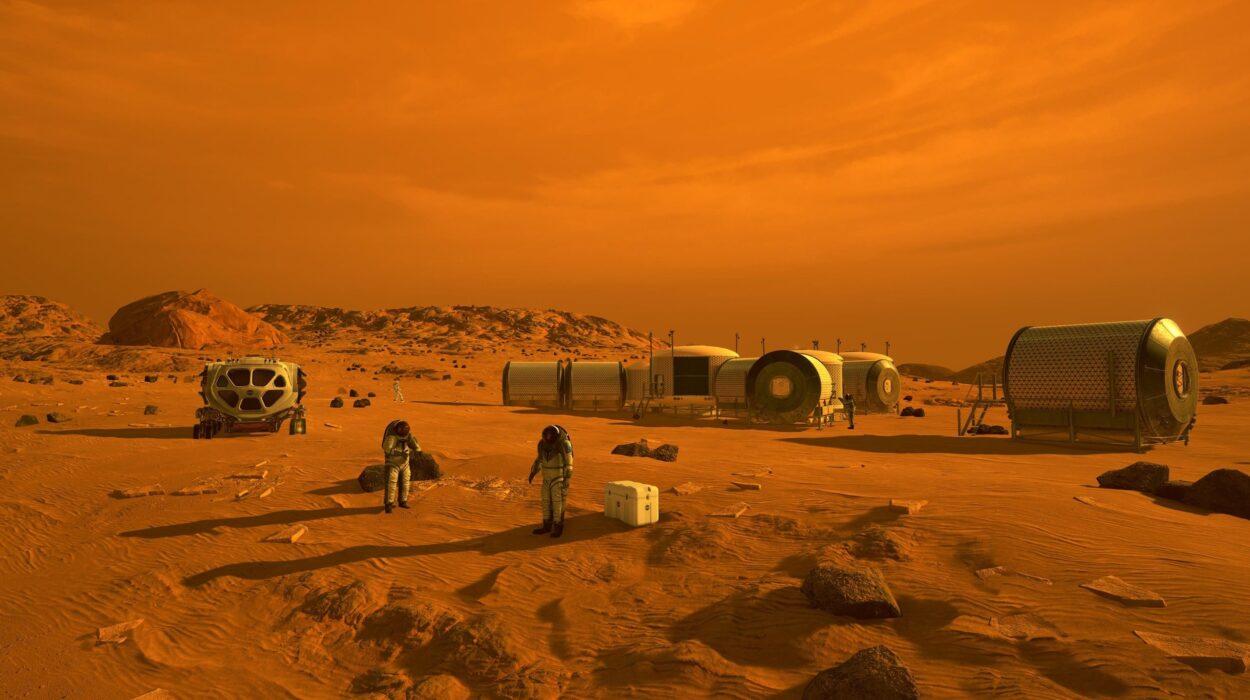Sand has been with us since the birth of the Earth. Long before humans learned to shape tools or kindle fire, the restless work of wind, water, and time ground down mountains into tiny fragments, scattering them across coastlines, riverbeds, and deserts. To the casual eye, sand is simple—an endless blanket of grains underfoot, the stuff of beaches, dunes, and childhood sandcastles. Yet within those grains lies a story as old as the planet itself, a story of geologic transformations, chemical precision, and human ingenuity.
Each grain of sand is a relic. It may have been born from granite mountains, shattered by frost, or carried by rivers for centuries before settling into a desert dune. It might be composed of quartz, feldspar, or other minerals, shaped and reshaped by relentless motion. A grain of sand is the Earth’s autobiography written in miniature, recording cycles of erosion and rebirth. Its journey is slow, almost invisible, yet it holds within it the foundation of civilizations and the future of technology.
Deserts of Silence
To understand sand, we must walk where it dominates the landscape: the deserts. Stretching across continents, deserts are oceans of sand sculpted by the invisible hands of wind and time. The Sahara, the Arabian Desert, the Kalahari, and countless smaller seas of dunes mesmerize the imagination with their golden horizons. Yet these deserts are deceptive. Despite their vastness, only about a third of all desert land is covered in sand dunes; much of the rest is bare rock or gravel plains.
Desert sand is shaped by the elements into fine, rounded grains. Winds whip across the land, bouncing particles against one another in a slow, grinding ballet that rounds their edges smooth. These grains are uniform, often too smooth for the needs of industry. Ironically, the deserts that seem to contain infinite sand cannot provide the kind of sand demanded by modern civilization. Their grains slip through construction like ball bearings, refusing to bind into concrete. Desert sand, for all its beauty, is often useless for the hungry appetite of human progress.
And yet, deserts tell us of resilience. Their dunes sing with shifting winds, sometimes literally—certain dunes produce a deep humming sound when avalanches of sand slide down their slopes. The Bedouins and Tuareg peoples, who have lived with the desert for centuries, see in sand both hardship and poetry. In its silence lies a reminder: what appears barren can hold endless secrets.
The Shores of Abundance
If deserts cannot feed our need for sand, rivers and oceans step in. Riverbeds and coastlines are the true suppliers of civilization’s raw material. Unlike their desert cousins, these sands are jagged, angular, and filled with microscopic edges that lock together in concrete and mortar. Every city skyline that pierces the heavens owes its existence to sand dredged from riverbanks, beaches, and seabeds.
It is humbling to think that the glass towers of New York, Dubai, or Shanghai rise from the same substance found between our toes at the beach. Sand mixed with cement becomes concrete—the literal backbone of urban life. Heated until it flows, sand becomes glass, allowing us to look out through windows at a world built upon the very same grains.
But this abundance is not without cost. Humanity consumes sand at staggering rates, extracting it faster than natural processes can replace it. Entire river ecosystems are destabilized, beaches vanish, and coastal communities lose their natural defenses against storms. Sand, seemingly infinite, is becoming scarce. The grains beneath our feet are finite, and their exploitation comes with ecological consequences that ripple far beyond construction sites.
The Alchemy of Quartz
At the heart of sand’s secret life is quartz, a crystalline form of silicon dioxide (SiO₂). Quartz is one of the most abundant minerals on Earth, and its purity determines much of sand’s destiny. Some grains of sand are rich in impurities—tiny flecks of iron, mica, or feldspar—that color beaches from pink to black. But the whitest, purest sands, such as those found in places like Spruce Pine in North Carolina, carry an extraordinary value.
Quartz is more than just beautiful; it is durable, chemically stable, and transparent to a wide range of light. When melted and cooled carefully, quartz sand becomes glass, used in everything from bottles to fiber optics. When refined even further, it becomes the foundation of modern electronics.
The transformation from grain to technology is nothing short of alchemy. To the naked eye, a grain of quartz sand seems trivial, yet inside lies the atomic lattice of silicon and oxygen—ordered, stable, and ready to be harnessed. The secret of sand is that it holds the element that drives the digital age: silicon.
Silicon: The Hidden Jewel
Extracting silicon from sand is a process of refinement and precision. Industrial furnaces reduce silicon dioxide with carbon at temperatures exceeding 2,000 degrees Celsius. The oxygen burns away, leaving behind raw silicon—a gray, metallic substance. This is the starting point for the material that would reshape the modern world.
To make the silicon suitable for electronics, it must be purified beyond imagination. While construction-grade sand tolerates impurities, computer chips demand near perfection. Even the slightest trace of contamination can disrupt the delicate balance of electronic circuits. Techniques such as the Czochralski process grow single crystals of silicon, stretching them like long cylinders of flawless material. These are sliced into wafers thinner than a fingernail, polished until they gleam like mirrors.
Upon these wafers, engineers etch microscopic pathways using ultraviolet light, building billions of transistors into a space no larger than a fingernail. These transistors are the switches that form the basis of digital logic, the silent traffic lights of computation. And all of it—our smartphones, satellites, medical devices, and global communication networks—rests on sand.
It is a transformation both ordinary and miraculous: grains from a riverbank reborn as the heart of artificial intelligence, space exploration, and global commerce. Sand becomes thought, memory, and connection.
The Architecture of the Digital Age
To appreciate the leap from desert dunes to microchips, one must understand the scale. A single silicon wafer can host billions of transistors, each only a few nanometers wide. To grasp that, imagine carving a city with billions of houses on a surface smaller than your palm.
The secret life of sand is revealed in these tiny architectures. Light itself is used to sculpt patterns on silicon. Layers of materials are deposited, etched, and refined, creating circuits that mimic the firing of neurons or the beating of a heart. The complexity is staggering, yet at its foundation lies a mineral that once tumbled in a river.
This transformation is not only technological but philosophical. It reminds us that the divide between nature and machine is not as sharp as it seems. Our most advanced creations are still rooted in the Earth, in minerals formed by geologic time. The digital revolution, for all its abstraction, is grounded in the humble grain of sand.
Sand and the Fragility of Progress
As essential as it is, sand reveals our vulnerability. We consume it at rates second only to water. Entire industries—from construction to electronics—depend upon it, yet few pause to consider its origin or scarcity. In some regions, illegal sand mining has become a dangerous black market, fueling violence and corruption. Rivers are stripped bare, leaving behind ecological collapse.
Even the silicon that drives our technology is bound to limits. Refining sand into pure silicon requires immense energy, and the demand grows with each new generation of devices. As society rushes toward ever-faster processors and ever-higher consumption, the question arises: how long can this fragile balance be sustained?
Sand forces us to confront a paradox. It is both abundant and endangered, both ancient and futuristic. It is the foundation of cities and the soul of the digital age, yet it can vanish in an instant under the pressure of human greed.
The Poetry of Grains
Beyond utility, sand carries poetry. It is the hourglass of time, slipping grain by grain, marking both fleeting seconds and eternal ages. It is the sound of waves retreating, the warmth beneath bare feet, the silence of deserts stretching into infinity. Each grain, under a microscope, is a world of facets, colors, and histories.
Writers and poets have long turned to sand as metaphor. To William Blake, a grain of sand held infinity. To mystics, sand symbolized the countless souls of humanity. In its smallness lies vastness, a paradox that resonates with the human spirit.
When we hold a handful of sand, we cradle fragments of mountains, remnants of ancient seas, and the raw material of tomorrow’s machines. It is a reminder that the boundaries between nature, culture, and technology are porous, that everything is connected through cycles of transformation.
Toward a Future Written in Sand
As we step deeper into the 21st century, the future of sand is uncertain. Alternative materials may relieve pressure on natural reserves, but the demand for both construction sand and silicon will persist. Recycling of glass and electronics offers one path, innovation in sustainable building another. Yet the truth remains: our lives are inextricably tied to the grains beneath our feet.
Perhaps the greatest lesson sand offers is humility. What we treat as ordinary, even disposable, holds within it the key to civilization. From deserts to chips, sand carries the weight of our past and the promise of our future. Its journey reminds us that greatness often hides in the smallest places, waiting for human imagination to uncover its secret life.
The Eternal Grain
In the end, sand is more than substance. It is memory, possibility, and transformation. It is the quiet witness to Earth’s geological symphony, the silent partner in human progress, the invisible backbone of the digital world.
The next time you walk barefoot on a beach or watch sunlight shimmer through glass, remember that you are touching the same matter that makes satellites orbit and supercomputers think. Sand, the simplest of materials, holds within it the infinite complexity of the universe. Its life is secret only because we forget to look closely enough.
Yet when we do, when we trace its journey from deserts to chips, we see that sand is not just dust at our feet. It is the soul of civilization, the smallest giant shaping the largest dreams.






